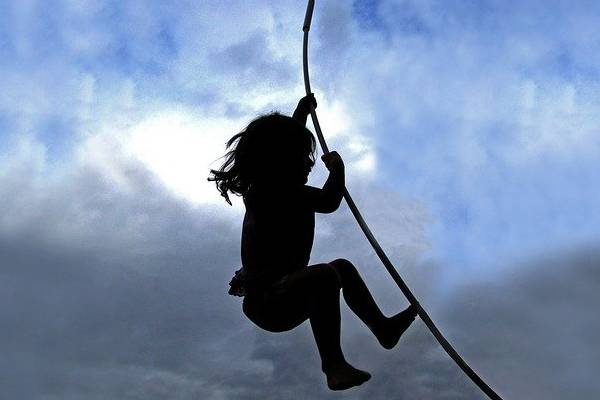Activities to help strengthen gross motor skills for toddlers
- Parents and caregivers can help children develop gross motor skills by making sure the toddlers are active every day in age-appropriate ways.
- Tummy time provides an important early start for infants. There are many ways that parents and caregivers can support it.
- Physical activity in the early years doesn’t need to be complicated, but it needs to happen. After all, children are born with the potential to move but not the skills.
- To develop their skills and capacities, parents and caregivers need to create and support daily movement opportunities for the infants and toddlers in their care.
These are some basic fundamental movement skills that your toddler should be learning, and mastering. These contribute to your child becoming physically literate:
Running:
By age two, most toddlers will have started running. They are still a bit unsteady on their feet and they often fall down, but they are keen to be fast and mobile. Encourage your child in her running by making frequent trips to parks and other places where there are open spaces.
Throwing:
Toddlers will naturally start to throw underhand before their second birthday, and some will even start to throw overhand. Their arms and legs will tend to be straight, and they won’t rotate their upper body very much, but they will improve steadily towards their fourth birthday. And the more they practice throwing, the better they’ll get.
Catching:
With a little coaching, you can teach your toddler to catch soft foam or fabric balls. Catching is a natural companion activity to throwing, and catching activities help him to develop the ability to track the flight of an object in the air. As his confidence grows and his fine motor skills improve, he will eventually start to use his hands more than her arms.
Kicking:
Around her second birthday, your toddler will start to kick a ball on the ground. She won’t have great form as she steps into the kick, but that’s okay. At this age, you simply want to encourage her to explore the movement of kicking. Help your child to develop her kicking skills by having soft, lightweight balls available.
Ladder:
The act of climbing improves balance, spatial awareness and upper body strength. These skills are important to hone at a young age for success in sports or other play activities as they get older. The ladder can also be used for exercises: using one of the rungs as a swing can help your child improve their balance as they try to maneuver themselves into position while climbing the ladder.
Rope:
The rope attachment offers an extra degree of difficulty for climbing, relying more on upper body strength and requiring more balance than the ladder. This exercise teaches children coordination in planning jumping and landing, while holding on or letting go to the rope.
Trapeze:
The trapeze is perfect for your child to master their spatial awareness and coordination while simultaneously engaging their upper body and core muscles. The different grip options allow your child to engage different parts of their upper body.

